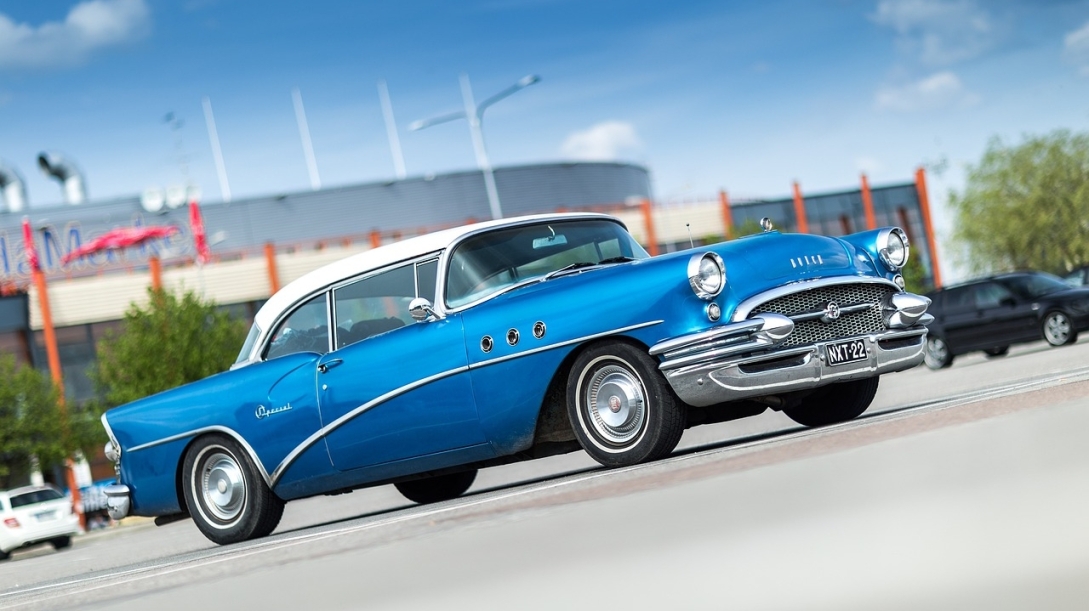
Top 10 Classic Cars Every Collector Should Know About
Classic cars are more than just vehicles; they are icons of design, engineering, and history. For collectors, these cars embody a blend of nostalgia, craftsmanship, and exclusivity that modern vehicles often lack. From the elegant curves of a 1960s Jaguar E-Type to the raw power of a 1965 Ford Mustang, classic cars transport their owners to a bygone era, where cars were as much about art as they were about transportation.
The classic car market is a unique niche, characterized by its emotional and monetary value. Some collectors are driven by passion and the desire to preserve automotive history, while others see these cars as investments with strong potential for appreciation. But what makes a car a “classic”? While opinions may vary, most enthusiasts agree that a classic car is generally older than 25 years, represents a significant technological or design innovation, or holds a unique place in automotive history.
This guide highlights ten of the most iconic classic cars that every serious collector should know about. These models have stood the test of time, not only for their performance and design but also for their cultural significance and lasting impact on the automotive world.
1. Ford Mustang (1965)
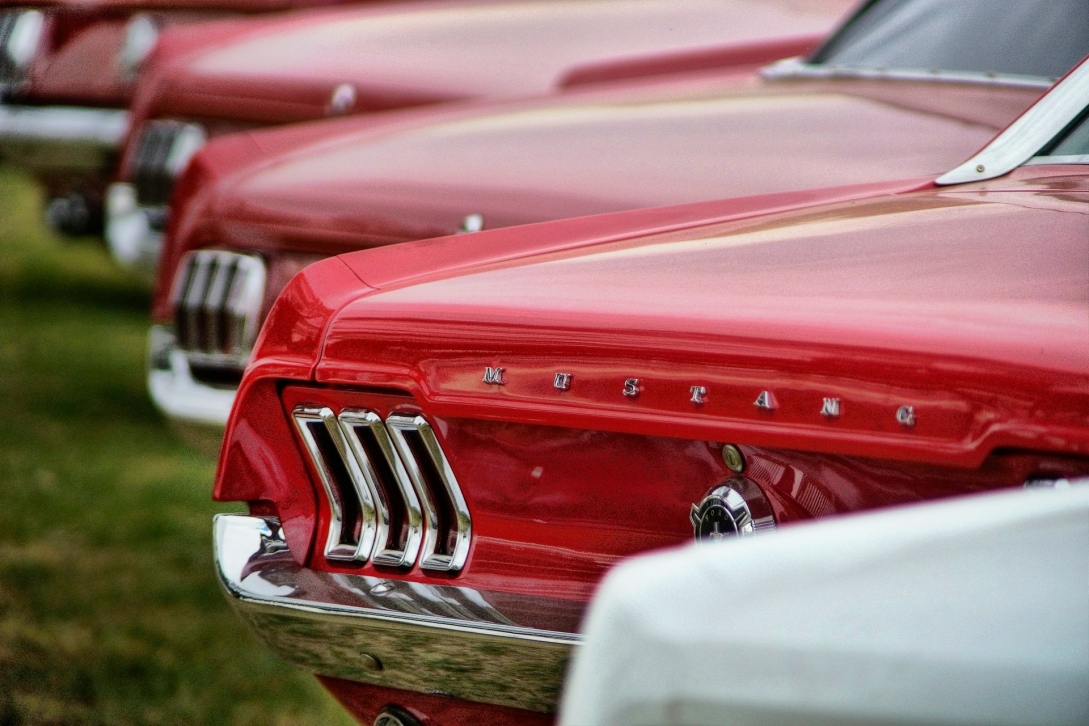
The Ford Mustang is arguably one of the most recognizable American cars in history. Introduced in 1964, the Mustang became an instant hit, embodying the spirit of freedom and youthful rebellion that defined the 1960s. It was the car that pioneered the "pony car" class of American muscle cars, blending compact size with powerful engines.
Historical Significance
The Mustang’s success was groundbreaking. In its first year of production alone, Ford sold over 400,000 units, a figure that far exceeded expectations. The car's affordability, coupled with its customizable options, made it accessible to a broad range of buyers. Its appearance in films, TV shows, and music videos further cemented its place in American pop culture.
Key Features and Specifications
The 1965 Mustang came with a variety of engine options, ranging from the economical 2.8-litre straight-six to the more powerful 4.7-litre V8. Its aggressive styling, complete with the now-iconic running horse emblem on the front grille, turned heads wherever it went. Inside, the Mustang was simple yet stylish, offering a comfortable driving experience with a focus on performance.
Why It’s a Must-Have for Collectors
Owning a first-generation Ford Mustang is a point of pride for many classic car enthusiasts. Its cultural importance, combined with its performance capabilities, makes it a cornerstone of any serious collection. For collectors, finding a well-preserved or properly restored 1965 Mustang is an opportunity to own a piece of automotive history that represents American ingenuity and flair. The Mustang’s wide availability of aftermarket parts and strong enthusiast community also make it easier to maintain compared to rarer models.
2. Chevrolet Corvette (1963)
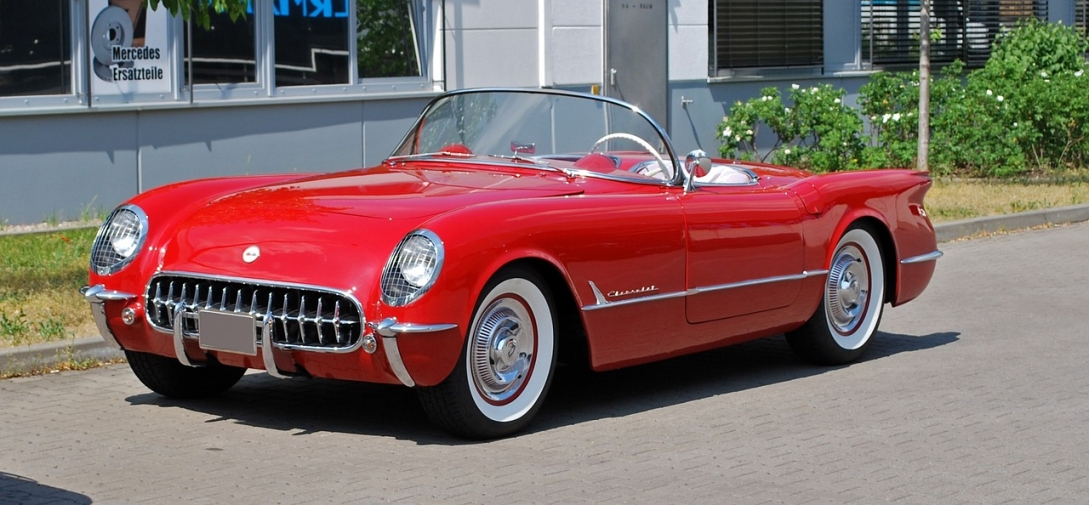
Few cars have the pedigree of the Chevrolet Corvette, America’s definitive sports car. The 1963 Corvette, often referred to as the "Sting Ray," marked the introduction of a new era for the brand. It was faster, sleeker, and more sophisticated than any Corvette that came before it, embodying the ideal American sports car.
The Rise of the Corvette Brand
The Corvette was first introduced in 1953, but it was the second-generation models (1963-1967) that truly captured the public’s imagination. The 1963 Corvette’s revolutionary design, influenced by aerodynamics and racing technology, stood out in an era where American cars were becoming larger and more luxurious. Chevrolet aimed to create a car that could compete with Europe’s finest, and with the StingRay, they succeeded.
Key Features of the 1963 Split-Window Model
The most iconic feature of the 1963 Corvette is its split rear window, a design element that was unique to this model year. While controversial at the time due to rear visibility concerns, the split-window design has since become one of the most coveted features among collectors. Under the hood, the car offered a range of powerful engine options, including a 327 cubic-inch V8 that could produce up to 360 horsepower. The StingRay’s independent rear suspension also made it one of the best-handling cars of its time.
Market Value and Collector Demand
Today, the 1963 Corvette split-window coupe is one of the most sought-after classic cars in the world. Its rarity and unique design have pushed auction prices well into six figures for pristine examples. For collectors, owning this model is a symbol of prestige and an appreciation for American automotive design at its finest.
3. Porsche 911 (1964)
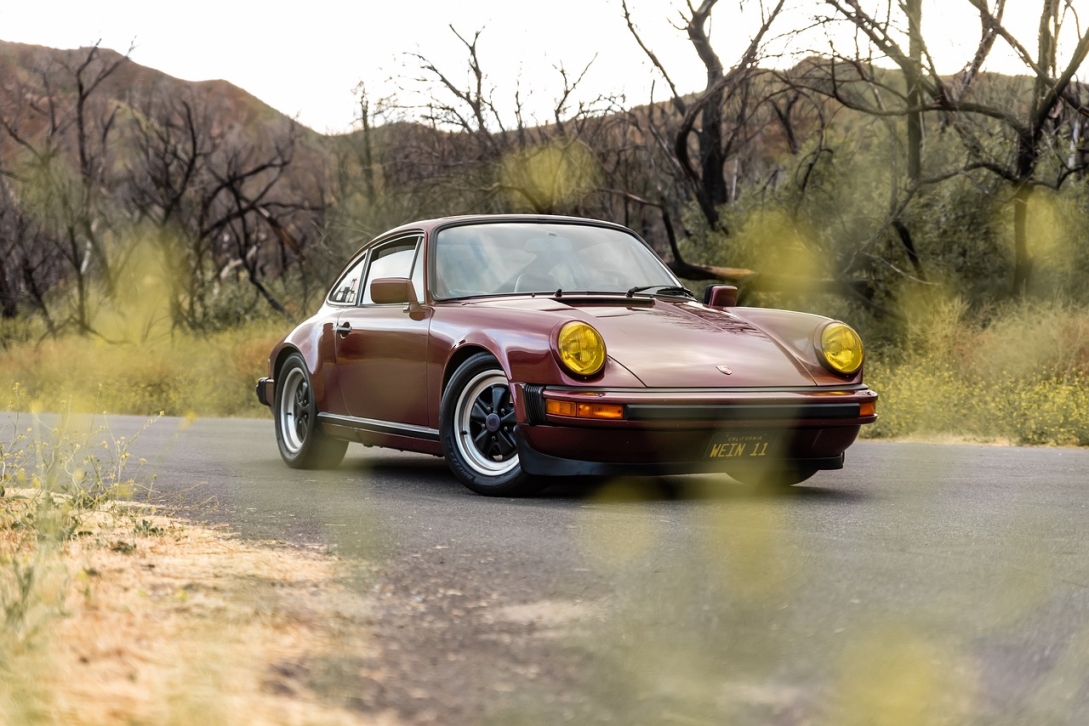
The Porsche 911 is a legend in its own right, known for its impeccable engineering, timeless design, and unrivalled driving dynamics. First introduced in 1964, the 911 has undergone countless updates and innovations, yet the essence of the car has remained largely unchanged. For collectors, the earliest 911 models represent the birth of a dynasty that continues to dominate the world of sports cars.
Porsche’s Reputation for Timeless Engineering
Porsche built its reputation on precision engineering and performance, and the 911 was the car that solidified this status. It's rear-engine layout and distinctive silhouette have become the defining features of the model, and its combination of speed, handling, and reliability quickly made it a favorite among enthusiasts and racers alike.
Features of the Early 911 Models
The 1964 Porsche 911 was equipped with a 2.0-litre flat-six engine producing around 130 horsepower, a modest figure by today’s standards, but more than capable for the car’s lightweight frame. The car’s simple yet functional design, along with its unflappable road manners, made it an instant hit. Inside, the cockpit was driver-focused, with an uncluttered dashboard and supportive bucket seats designed for spirited driving.
Long-Term Investment Potential
Early Porsche 911s have become highly collectable, particularly because of their status as the origin of the 911 lineage. While Porsche continues to produce modern versions of the 911, the appeal of the original models remains strong, particularly for those who appreciate a more analogue driving experience. As prices for these models continue to climb, they offer a strong return on investment for collectors willing to preserve them in top condition.
4. Jaguar E-Type (1961)
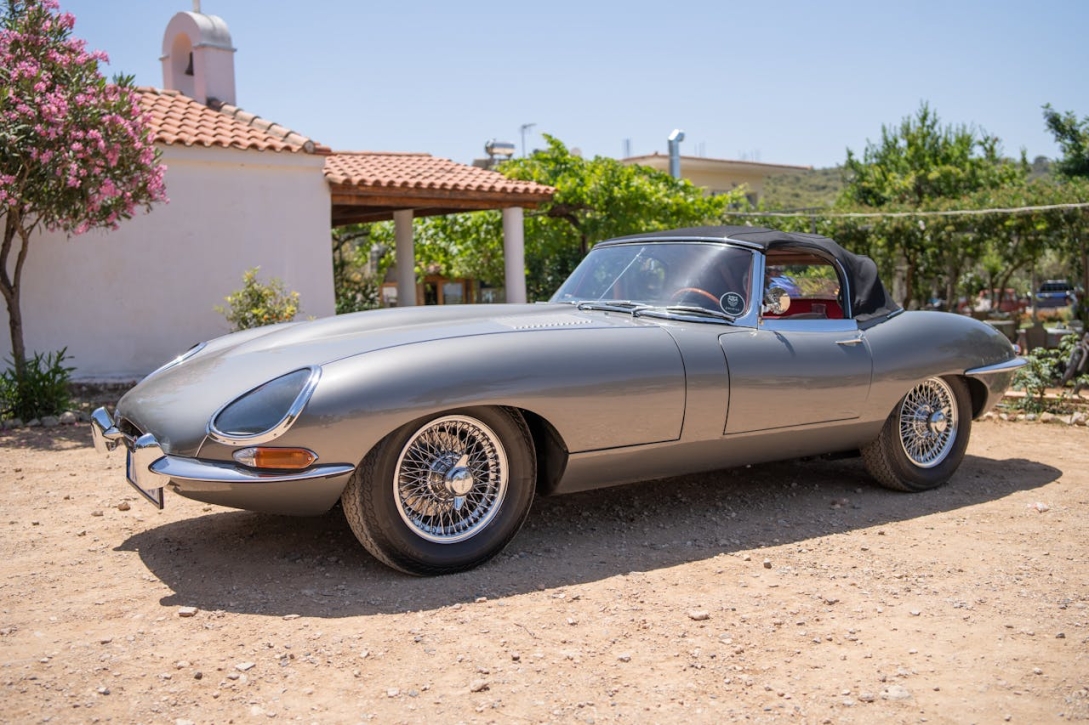
Considered by many as one of the most beautiful cars ever made, the Jaguar E-Type is the epitome of British automotive design. Launched in 1961, the E-Type stunned the world with its sleek lines, powerful engine, and cutting-edge technology. It was more than just a car; it was a masterpiece.
Why It’s Often Called “The Most Beautiful Car Ever Made”
Enzo Ferrari famously described the E-Type as “the most beautiful car ever made,” and it’s easy to see why. With its long bonnet, curvaceous body, and low profile, the E-Type was an instant classic. Its design was heavily influenced by Jaguar’s racing success with the D-Type, and it carried over many of the same aerodynamic principles that made the D-Type a winner at Le Mans.
Performance and Technological Innovations
Underneath its stunning exterior, the E-Type was a serious performer. It featured a 3.8-liter inline-six engine that could propel the car to 150 mph, a remarkable speed for the time. Its independent rear suspension and disc brakes all around made it one of the best-handling cars of its era. These technological advancements were not just for show; they made the E-Type a true sports car, capable of competing with the best in the world.
Appeal to Modern Collectors
Today, the Jaguar E-Type remains a favourite among classic car collectors. Its combination of beauty, performance, and history makes it a coveted addition to any collection. The market for E-Types remains strong, with early Series 1 models fetching the highest prices at auctions. For those seeking a classic car that offers both driving pleasure and investment potential, the E-Type is hard to beat.
5. Mercedes-Benz 300SL Gullwing (1954)
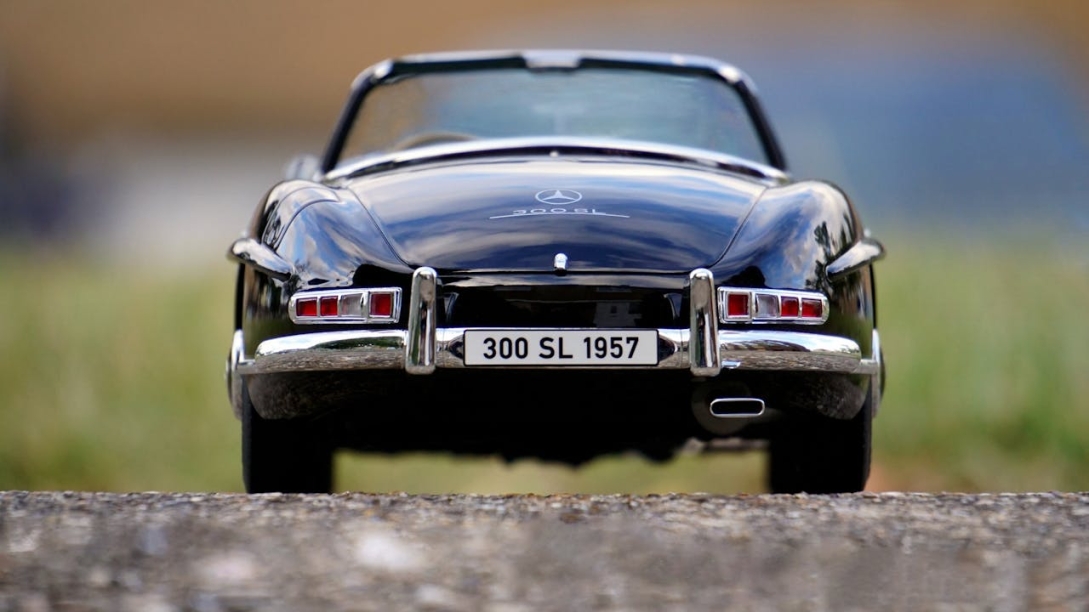
The Mercedes-Benz 300SL Gullwing is one of the most iconic and innovative cars ever produced, often considered the crown jewel of any serious classic car collection. Introduced in 1954, the 300SL was a revolutionary vehicle that blended breathtaking design with cutting-edge engineering. Its distinctive "gullwing" doors and race-bred performance helped it stand out not only in the Mercedes lineup but in the entire automotive industry.
The Significance of the Iconic Gullwing Doors
The 300SL’s most defining feature is undoubtedly its gullwing doors, which open upwards like the wings of a bird. These unique doors weren’t just a styling choice; they were a direct result of the car’s innovative space frame, which was so high along the sides that conventional doors were impossible. The design not only created a unique visual appeal but also added to the car’s exclusivity. Even today, those doors are synonymous with automotive luxury and innovation.
Groundbreaking Performance for Its Era
The 300SL was far more than just a pretty face. Its roots lay in the Mercedes racing program, and it was the first production car to feature fuel injection, allowing the 3.0-liter inline-six engine to produce 215 horsepower. This enabled the car to reach a top speed of 160 mph, making it the fastest production car of its time. The combination of power, aerodynamics, and lightweight construction made the 300SL a technical marvel, and it’s still admired today for its ahead-of-its-time engineering.
Collector Value and Auction Results
Given its historical significance and limited production numbers (only 1,400 gullwing coupes were built), the 300SL Gullwing has become one of the most valuable classic cars in the world. At major auctions, pristine examples of this model routinely sell for well over $1 million, with some fetching even higher prices if they have particularly rare specifications or provenance. For collectors, owning a 300SL is not just about acquiring a car—it's about acquiring a piece of automotive history that represents the pinnacle of engineering and design from the 1950s.
6. Ferrari 250 GTO (1962)
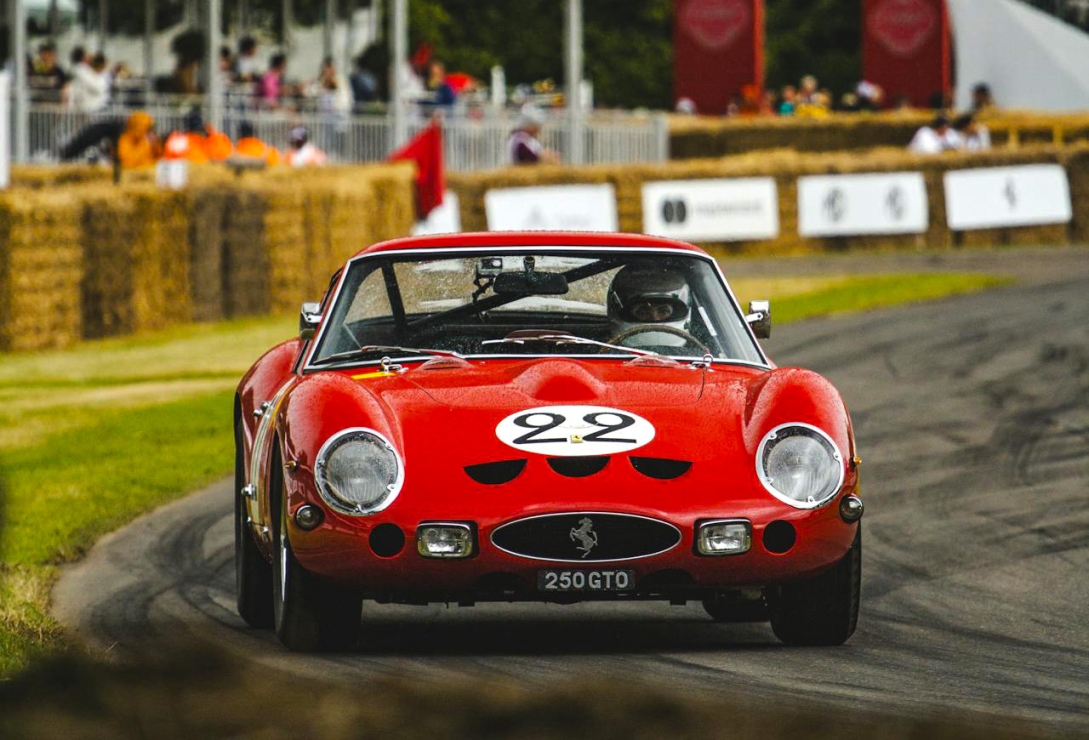
When it comes to legendary classic cars, few can match the Ferrari 250 GTO in terms of prestige, rarity, and value. Often referred to as the "holy grail" of classic cars, the 250 GTO is not only an automotive masterpiece but also one of the most expensive cars in the world, with auction prices reaching tens of millions of dollars. Its combination of racing heritage, limited production, and stunning design makes it a dream car for any collector.
One of the Most Valuable Cars in the World
The Ferrari 250 GTO is considered by many to be the most valuable car ever made. With only 36 units produced between 1962 and 1964, its extreme rarity drives demand and price. At auction, these cars have been known to sell for over $70 million, setting records in the classic car market. The GTO’s value comes not only from its rarity but also from its racing success and Ferrari's unparalleled brand reputation.
Racing Heritage and Limited Production
The 250 GTO was originally built for homologation purposes, meaning it was designed to meet the requirements for entry into international racing competitions. It was powered by a 3.0-litre V12 engine that delivered 300 horsepower, which, combined with its lightweight construction, made it a formidable competitor on the racetrack. The car went on to dominate its class in the FIA World Sportscar Championship, further cementing its status as a racing legend. Each 250 GTO was hand-built, with slight variations in design and mechanics, making every car unique.
What Makes It a Blue-Chip Investment
For collectors, the Ferrari 250 GTO is more than just a car—it’s a once-in-a-lifetime investment. Its value has consistently appreciated over the years, making it one of the most sought-after cars by high-net-worth individuals and classic car enthusiasts alike. The fact that it is often referred to as a “blue-chip” investment speaks volumes about its desirability and potential for future value growth. For those fortunate enough to own one, it represents the ultimate symbol of automotive prestige and history.
7. Aston Martin DB5 (1964)
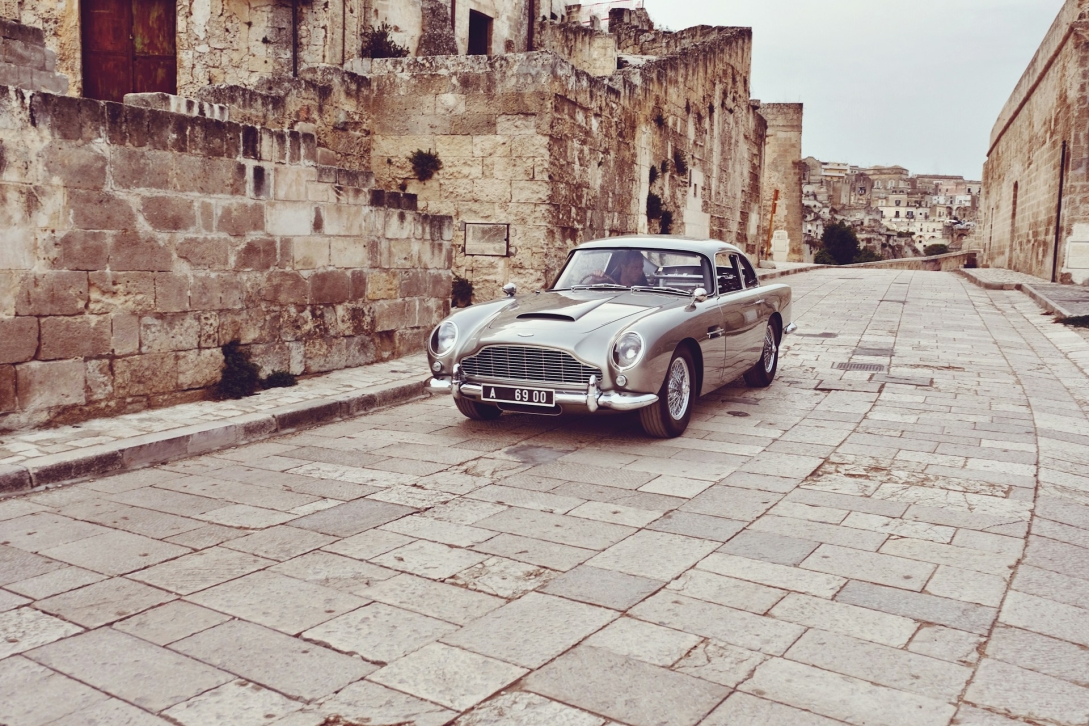
Few cars are as closely associated with British luxury and style as the Aston Martin DB5. Made famous as James Bond’s car of choice in the 1964 film Goldfinger, the DB5 has become a pop culture icon as well as a highly coveted collector’s item. Beyond its cinematic fame, the DB5 is a masterpiece of engineering and craftsmanship, blending elegance with performance in a way that few other cars of its era could achieve.
The “James Bond Car” and Its Pop Culture Status
The DB5’s association with James Bond has done wonders for its legacy. When Goldfinger was released, the car became an instant celebrity, and its connection to the suave British secret agent has only grown stronger over time. With its sophisticated styling and advanced gadgetry (at least in the movie), the DB5 perfectly encapsulated the Bond character, making it one of the most recognized and revered cars in film history. For collectors, owning a DB5 is like owning a piece of Hollywood magic.
Luxury, Style, and Performance in One
The DB5 wasn’t just a pretty face—it was a powerful and luxurious grand tourer. Powered by a 4.0-litre straight-six engine producing 282 horsepower, it could reach a top speed of 145 mph and accelerate from 0 to 60 mph in just over 7 seconds, impressive figures for the time. The car’s sleek aluminium body, designed by Carrozzeria Touring of Milan, exuded class, while its interior was a showcase of handcrafted leather and wood trim, offering unparalleled luxury to its drivers.
Rarity and Desirability in Today’s Market
Aston Martin only produced 1,059 units of the DB5, adding to its exclusivity and desirability among collectors. Today, well-preserved or restored examples of the DB5 can fetch between $1 million and $2 million at auction, with Bond-related models commanding even higher prices. Its enduring popularity, both as a symbol of luxury and as a cultural icon, makes the DB5 a timeless classic and an essential piece for any serious automotive collector.
8. Volkswagen Beetle (1967)
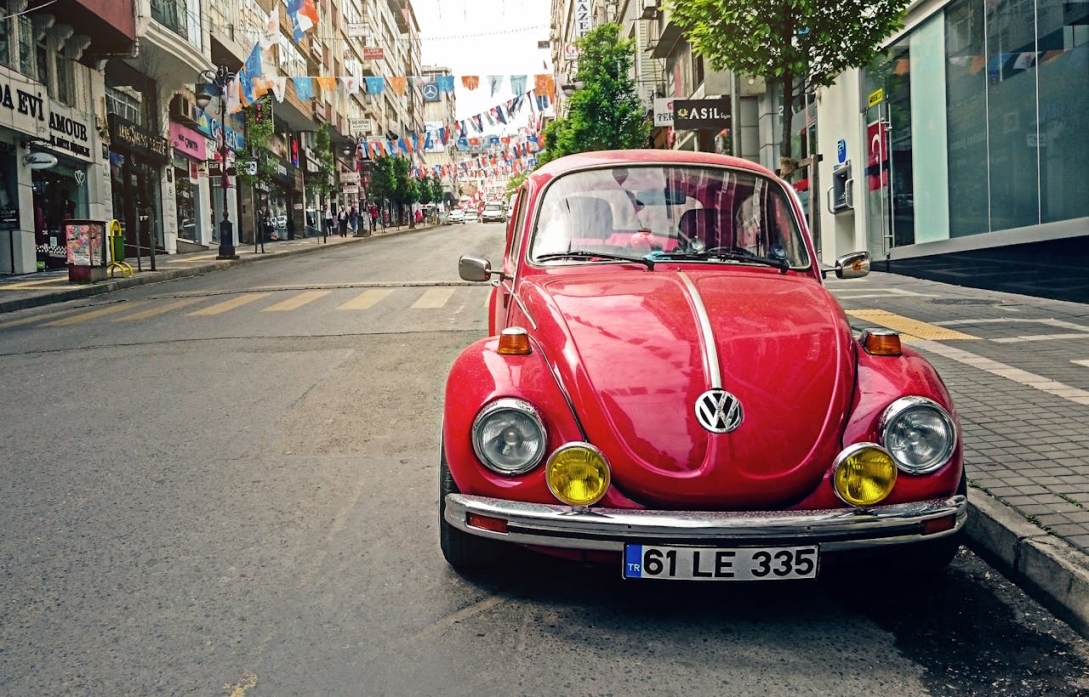
The Volkswagen Beetle, affectionately known as the "Bug," might not have the same performance credentials as the other cars on this list, but its cultural significance and lasting impact on the automotive world are undeniable. Originally designed as an affordable car for the masses, the Beetle went on to become one of the best-selling cars of all time, with over 21 million units produced. For collectors, the Beetle’s charm lies in its simplicity, affordability, and enduring popularity.
The Significance of This Iconic, Mass-Produced Car
The story of the Beetle began in the 1930s when Ferdinand Porsche designed it under orders from Adolf Hitler to create an affordable “people’s car” (Volkswagen in German). After World War II, production resumed, and the car quickly gained a loyal following thanks to its reliability, ease of repair, and distinctive design. By the 1960s, the Beetle had become a symbol of counterculture, embraced by a generation that valued its simplicity and quirkiness over the gas-guzzling muscle cars of the era.
Why It’s Considered a Collector’s Classic Despite Its Simplicity
The Beetle’s appeal as a classic car comes from its iconic status rather than its performance. While it wasn’t designed to be fast or luxurious, its timeless shape, cheerful personality, and association with the 1960s and 1970s pop culture have made it a favourite among collectors. The 1967 model year is particularly sought after, as it marked the last year of certain classic design elements before Volkswagen made several modernizing changes. This version is often seen as the best of both worlds: classic styling with improved mechanical features.
Collectibility Factors for a Model with High Production Numbers
Even though millions of Beetles were produced, not all of them are in collectable condition. Finding a Beetle with original parts, low mileage, and minimal rust is a challenge, and those that are in good condition often sell for premium prices. The Beetle’s strong enthusiast community and vast availability of replacement parts make it a practical classic to own and maintain, and its low cost of entry makes it an appealing option for new collectors. Whether driven daily or kept as a showpiece, the Beetle is a beloved symbol of automotive history.
9. Lamborghini Miura (1966)
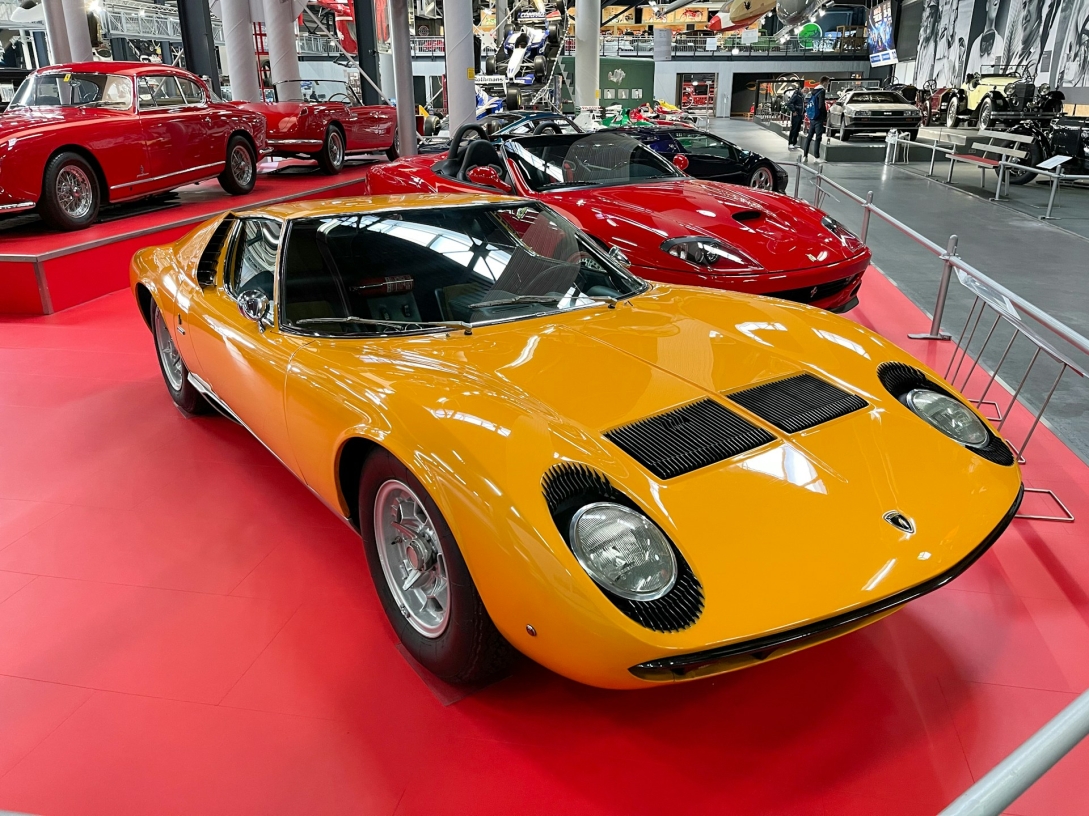
The Lamborghini Miura is widely regarded as the first true supercar, revolutionizing the automotive world with its mid-engine layout and jaw-dropping design. Introduced in 1966, the Miura was a bold statement from Lamborghini, a relatively young automaker at the time. Its introduction set the standard for the modern supercar, influencing decades of high-performance car design. For collectors, the Miura represents the birth of an era that continues to define automotive excellence.
The Birth of the Supercar
Before the Miura, most high-performance cars placed the engine in the front. Lamborghini broke the mould by positioning the Miura's 3.9-liter V12 engine behind the driver, a configuration typically reserved for race cars. This mid-engine layout not only improved the car's handling but also gave it a more balanced weight distribution, which was crucial for achieving the extraordinary performance for which the Miura became famous.
Unique Design and Performance Features
The Miura’s design, penned by Marcello Gandini of Bertone, is often hailed as one of the most beautiful car designs ever created. Its low, wide stance, sleek curves, and striking “eyelash” headlights made it an instant icon. Beneath the stunning exterior, the Miura packed serious performance, with its V12 engine producing up to 350 horsepower in the Miura P400S variant. This allowed the car to reach speeds of 170 mph, making it the fastest production car in the world at the time.
Why It’s Coveted by Collectors
For many collectors, owning a Lamborghini Miura is the ultimate automotive dream. Its combination of groundbreaking design, performance, and rarity (only 764 were produced) makes it a highly desirable addition to any collection. Miuras in pristine condition can fetch prices upwards of $2 million at auction, and they are considered one of the most important and influential cars in automotive history. Collectors are drawn not only to its beauty but also to its historical significance as the car that redefined the sports car genre.
10. BMW 507 (1956)

The BMW 507 is a rare and highly sought-after classic that combines exquisite design with performance and exclusivity. Produced from 1956 to 1959, the 507 was BMW's answer to the Mercedes-Benz 300SL, aimed at the American market with hopes of establishing BMW as a serious contender in the luxury sports car segment. Although the 507 was not a commercial success during its production years, it has since become one of the most valuable and beloved classic cars in the world.
The Story Behind Its Rarity and Limited Production
The BMW 507 was designed to be a high-end roadster that would appeal to wealthy buyers, particularly in the United States. Its development was spearheaded by Max Hoffman, a legendary car importer who believed BMW could compete with the likes of Mercedes and Porsche. However, the 507’s high production costs led to a steep price tag, which limited its sales. BMW originally planned to produce 5,000 units, but only 252 were made, making it one of the rarest BMW models ever.
Design and Influence on Future BMW Models
Designed by Albrecht von Goertz, the BMW 507 featured a stunningly elegant body with flowing lines and a classic roadster silhouette. Its long hood, wide grille, and low stance gave it a refined yet sporty appearance that would go on to influence future BMW designs, including the Z8. Powered by a 3.2-litre V8 engine, the 507 was capable of delivering 150 horsepower and a top speed of 122 mph, making it a formidable sports car for its time.
Value in Today’s Classic Car Market
Due to its rarity and timeless appeal, the BMW 507 has become one of the most collectable and expensive BMWs. At auction, these cars can sell for over $2 million, with models in excellent condition commanding even higher prices. Celebrity ownership has also contributed to its allure—Elvis Presley famously owned a BMW 507, adding a layer of pop culture history to the car’s already impressive resume. For collectors, the 507 represents the perfect blend of beauty, rarity, and performance, making it a true automotive treasure.
Factors That Increase a Classic Car’s Collectibility
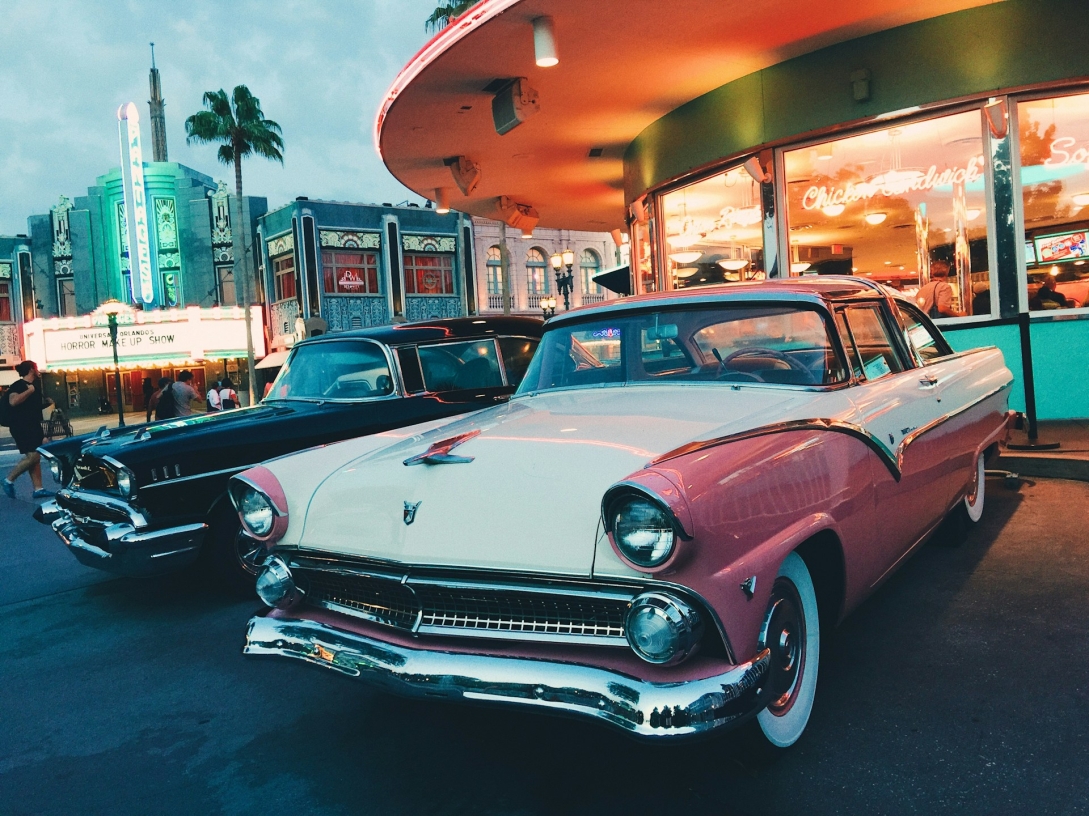
When it comes to collecting classic cars, several key factors can influence a car's desirability and value. Understanding these factors can help collectors make informed decisions and maximize the investment potential of their purchases.
Rarity and Production Numbers
One of the most important factors in determining a classic car’s value is its rarity. Cars produced in limited numbers are often more sought after because of their exclusivity. For example, models like the Ferrari 250 GTO and BMW 507, which had extremely limited production runs, are highly coveted because of their scarcity. In many cases, the fewer examples of a car that exist, the more valuable it becomes, especially if it is well-preserved.
Historical Significance and Provenance
A car’s place in history can also greatly affect its collectibility. Models that introduced new technology set performance records, or played a significant role in automotive design evolution tend to hold more value. Provenance, or the car’s history of ownership, can further enhance its appeal. Cars owned by celebrities, racing legends, or historical figures often command higher prices due to their association with famous personalities or events.
Condition, Restoration, and Originality
A classic car’s condition is paramount in determining its value. Well-preserved, original cars are typically more valuable than those that have been heavily restored, although a high-quality restoration can also add significant value. Collectors often seek cars with matching numbers, meaning that the engine, transmission, and other major components are original to the car. Any modifications or non-original parts can reduce a car’s value unless they are done to a high standard or for performance reasons.
Pop Culture Relevance
Cars that have appeared in movies, TV shows, or pop culture can see a boost in desirability. For example, the Aston Martin DB5's association with the James Bond franchise has significantly increased its value over the years. Pop culture relevance can elevate a car's status beyond its performance and design, adding an emotional appeal that resonates with collectors and fans alike.
The world of classic car collecting is as diverse as it is fascinating. From the groundbreaking performance of the Lamborghini Miura to the timeless elegance of the Mercedes-Benz 300SL Gullwing, each of the cars on this list represents an important chapter in automotive history. For collectors, these vehicles are more than just investments—they are symbols of craftsmanship, innovation, and cultural significance.
Classic cars have a unique ability to transport us to a different time, reminding us of the advances in technology and design that have shaped the modern automotive landscape. Whether it’s the soulful rumble of a Porsche 911 or the striking beauty of a Jaguar E-Type, these cars offer a driving experience and aesthetic that is unparalleled by today’s standards.
As classic car values continue to rise, many collectors view these vehicles not just as pieces of history but as sound financial investments. However, the true joy of owning a classic car often goes beyond monetary value—it’s about preserving and celebrating a piece of automotive art that has stood the test of time.
For anyone looking to enter the world of classic car collecting, the ten models highlighted in this guide are excellent starting points. Each one represents the pinnacle of automotive design, performance, and cultural relevance, making them must-haves for any serious collector.
